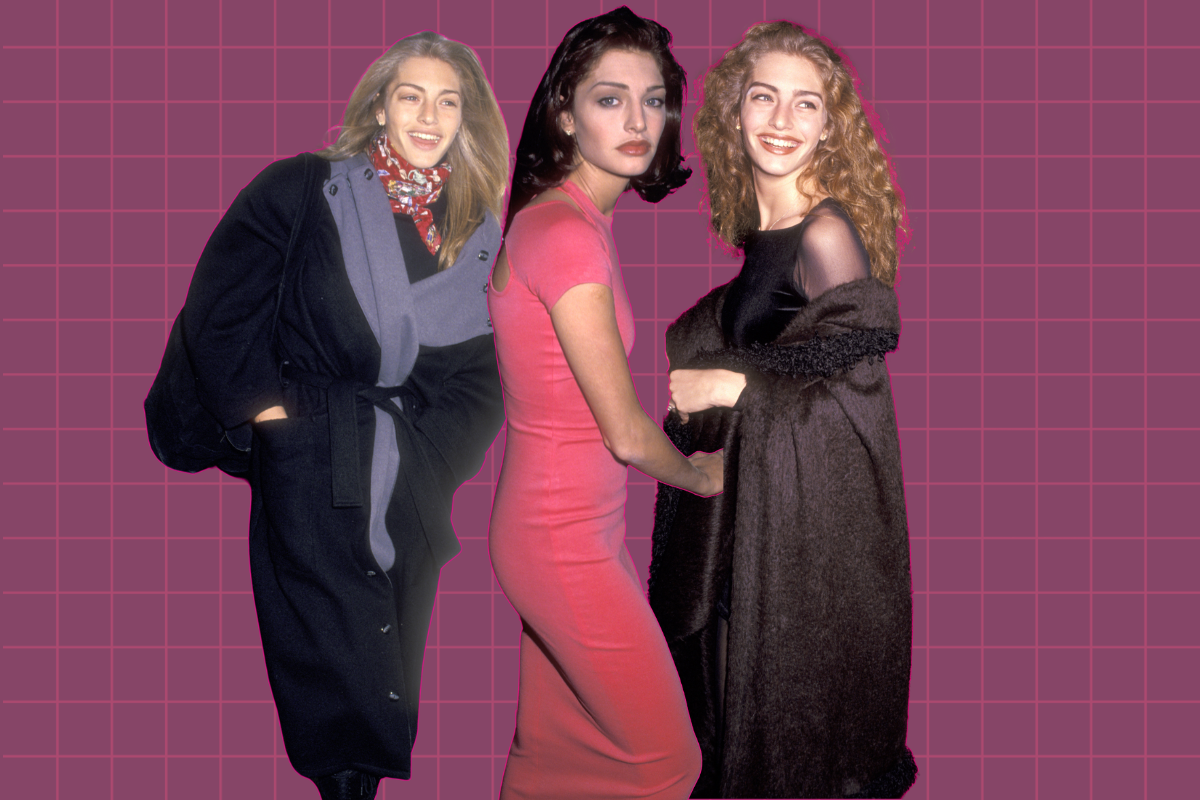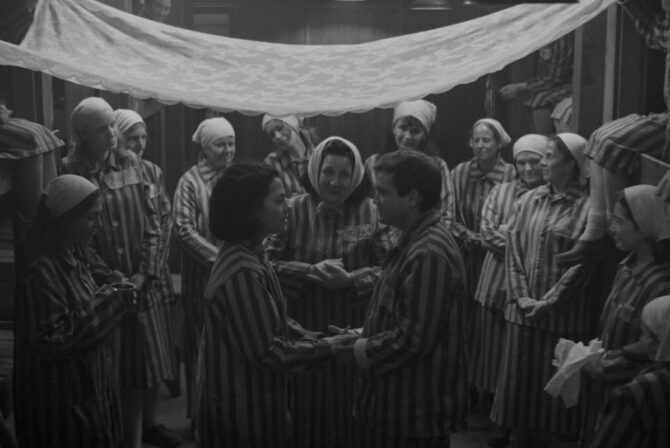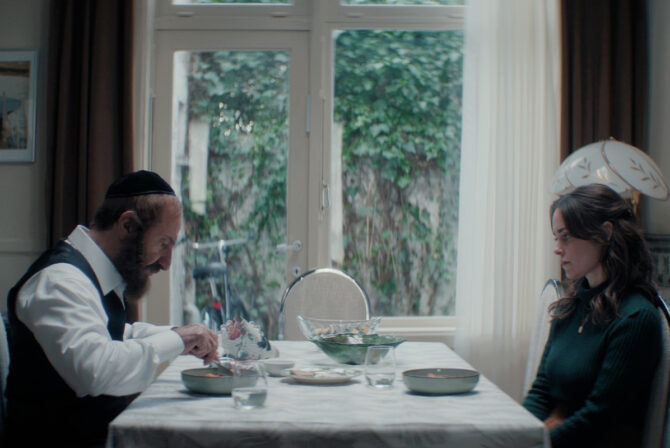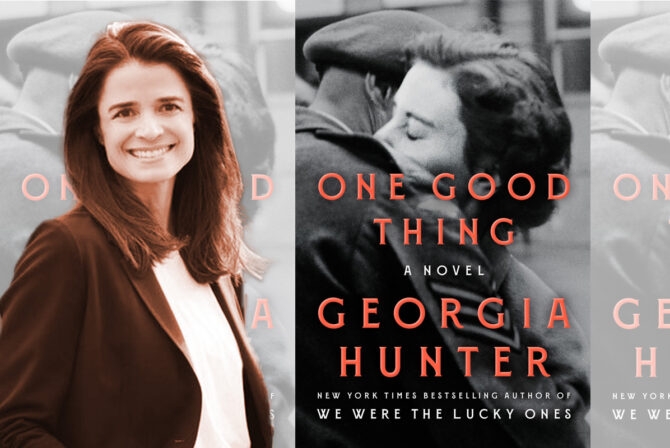November 1988 marked a new era in fashion media when the first issue of American Vogue came out under the sharp eye of a new editor-in-chief of the magazine, Anna Wintour. What is noteworthy is that the cover was graced by an Israeli model, Michaela Bercu, wearing a black jacket with a giant bejeweled cross and blue stone-washed jeans. Why was the cover so revolutionary, and why has it become iconic? There are several reasons, but funnily enough, Israeli food is part of the equation.
Michaela Bercu is an Israeli model and actress. She was born in Tel Aviv to Ashkenazi Jewish parents originally from Romania. She was the first ever Israeli model on the cover of Vogue and subsequently graced all the major fashion magazines’ covers as well as Sports Illustrated. She even tried herself in Hollywood in Bram Stoker’s “Dracula” (1992) playing one of the Dracula brides. After marrying her husband Ron Zuckerman in 1996, she was modeling on and off until 2011 when she completely retired from the career. Nowadays, Bercu is a founder of a nonprofit social start-up. And even though she no longer participates in fashion, she left one of the greatest marks in the industry.
In the summer of 1988 British fashion editor Anna Wintour was hired as the editor-in-chief of Vogue, replacing Grace Mirabela, who had been leading the magazine for over 15 years. Wintour’s task was to revitalize the magazine, to attract a youthful reader and to breathe in a fresh outlook to the publication, which she undoubtedly did.
While previously, Vogue covers were shot in a studio and were very staged and formal, Wintour’s first cover was exactly that breath of fresh air — literally and figuratively. Here Michaela is on a street in Paris, her hair windblown, her eyes half-closed, like street style candid shots. The photo was shot by a German photographer Peter Lindbergh, who throughout his life had been responsible for many iconic images including the black and white photo of the supermodels that marked an era.
On the cover, Michaela is dressed in an haute couture Christian Lacroix bejeweled jacket worth $10,000 and a pair of $50 faded Guess jeans. The image was not originally planned to be on the cover, but part of a spread inside the magazine. Also, Michaela was supposed to wear a matching skirt with the jacket but she could not fit in it. And the reason is so Jewish — according to Wintour, Bercu had been on vacation back home in Israel and had gained a little weight. And who wouldn’t?
So, thanks to Israeli food, the stylist Carlyne Cerf de Dudzeele dressed Bercu in jeans instead. This is the first time that jeans were featured on the cover of the most authoritative fashion magazine in the world. It also marked the beginning of mixing high-end with mass-market brands, previously unheard of. Wintour herself commented, “I had just looked at that picture and sensed the winds of change. And you can’t ask for more from a cover image than that.”
It was such an unconventional image that the printers even called the Vogue offices to confirm that they submitted the correct image for the cover.
The image had pre-anticipated upcoming trends for the MTV generation. The religious image of a cross on the Lacroix jacket goes hand in hand with Madonna’s highly controversial “Like a Prayer” video imagery, filmed a few months later in January 1989. (Interestingly, soon after Madonna herself graced the cover of Vogue’s May 1989 issue for the first time, which signaled a shift towards having celebrities on the magazine’s covers instead of models and a boom of a celebrity culture in general.)
Andre Leon Talley, in his column in the Vogue issue that celebrated 120 years of the magazine, wrote, “If it weren’t for the November 1988 cover image of Michaela Bercu in a Christian Lacroix couture jacket and jeans, Prabal Gurung might not be one of the coolest designers today.”
“That image right up to this date speaks volumes because of how modern it seemed and how daring it was. It was high and low fashion before high and low became fashion. It gave me strength, the courage to march forward in the pursuit of creating something beautiful, to do what I am doing today,” the designer wrote in the magazine.
Even the big boss, the chairman of Condé Nast, publisher of Vogue, Samuel Irving aka Si Newhouse (who was Jewish, by the way) loved the cover. According to Wintour’s biographer Amy Odell, he sent her a note saying, “You knocked it out of the park, Anna. I’m so proud.” That note has been displayed on Wintour’s desk.
Anna Wintour later talked about the cover herself, saying, “It made a statement that it was a different time — we had a different view on fashion that we wanted to be much more accessible, much more free.”
And that is how Israeli food helped to shape a new fashion era.








